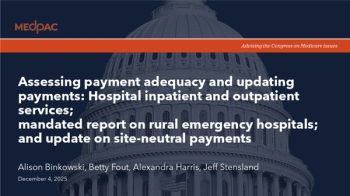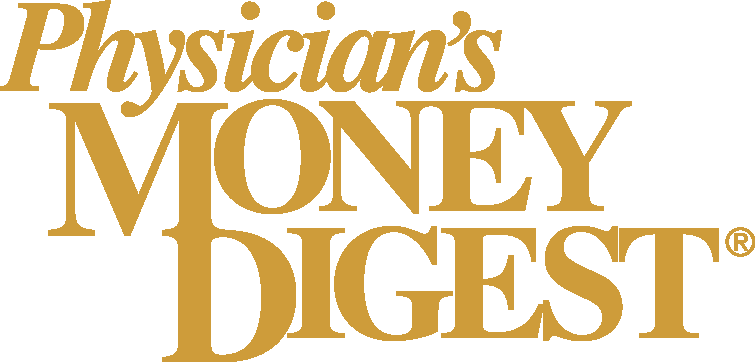
US tariffs threaten growth plans for European medtech firms, study finds
Key Takeaways
- European medtech firms are adjusting growth expectations due to U.S. tariffs disrupting supply chains, impacting strategic planning.
- Regionalizing supply chains and cost optimization are top priorities, with automation and AI implementation also emphasized for 2025.
U.S. tariffs are disrupting European medtech growth, forcing firms to adapt supply chains and prioritize cost optimization amid rising challenges and uncertainties.
European medical technology companies are scaling back their optimistic growth projections for 2025 and 2026 as new U.S. tariffs disrupt global supply chains, according to a study from international consultancy Horváth.
Just weeks ago, nine in ten executives from leading European medtech firms were planning for earnings growth over the next two years, with 86% anticipating more than 5% growth in 2025 and 79% expecting similar gains in 2026. But shifting trade conditions are forcing a strategic reset.
“The US tariffs are now hindering suppliers' business plans, even though about one-third of European medtech companies have set up production sites in North America,” said Philipp Temmel, partner at Horváth and head of the study.
For companies still manufacturing primarily in Europe, regionalizing the supply chain and adapting production according to the “local for local” principle has become a top priority, Temmel said.
While niche players with highly specialized products are somewhat insulated from the impact—since U.S. customers often have no domestic alternatives—broader industry trends point to challenges ahead. Many customers are delaying purchases, and tariff-related cost increases are pushing buyers toward lower-cost, mid-range products instead of premium offerings.
Temmel warned that companies' financial flexibility, gained through recent cost-cutting measures, is at risk. “The financial room for maneuver that was created by consistently reducing costs and increasing efficiency was actually intended for necessary transformations and innovations,” he said. “However, it is likely to be needed to secure liquidity, given the drastic downward revision of sales plans.”
Even so, medtech executives remain focused on the future. Cost optimization tops their 2025 priorities, followed closely by automation and artificial intelligence implementation, and organizational restructuring.
“This triad will shape 2025, with strategic topics taking a lower priority,” Temmel said. “In the area of digitalization and AI, companies must pay even more attention to investing in technologies that demonstrably contribute to value creation through use cases.”
Despite the turbulence, Horváth urges companies not to lose sight of long-term goals. “In the worst-case scenario, the current year will turn out to be a ‘lost year’ in terms of growth,” Temmel said. “However, the situation is so dynamic that companies shouldn’t be deterred. They should continue their digitization and relocalization programs regardless of the customs developments—and focus on their assets, such as excellent products and technological innovations.”
How tariffs are affecting the domestic medtech industry
In 2025, the Trump administration's tariff policies have
A substantial portion of medical devices used in the U.S. are manufactured abroad. Approximately 75% of U.S.-marketed medical devices are produced outside the country, with 69% manufactured entirely overseas. Countries like China and Mexico are major suppliers, providing essential items ranging from surgical instruments to diagnostic equipment. The imposition of tariffs on imports from these nations has led to increased production costs for medtech companies, which are often passed on to health care providers and patients.
Industry groups have
The American Hospital Association has also highlighted the potential for supply shortages, particularly for everyday medical supplies like needles, syringes, and blood pressure cuffs, which are critical for patient care. Disruptions in the supply of these items could interfere with surgeries and the diagnosis and monitoring of patients.
The tariffs have prompted medtech companies to reevaluate their supply chains. Some are considering shifting production to countries with lower tariff rates or increasing domestic manufacturing. However, such transitions are complex and may not be feasible in the short term, potentially leading to further disruptions and increased costs.
Newsletter
Stay informed and empowered with Medical Economics enewsletter, delivering expert insights, financial strategies, practice management tips and technology trends — tailored for today’s physicians.















